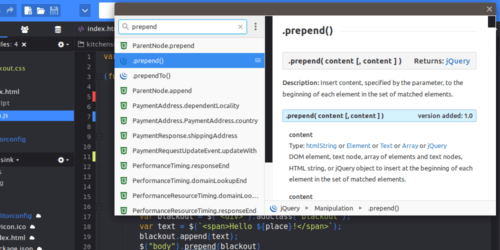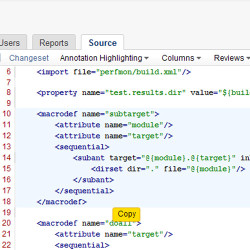
This enumerated attribute defines which side of the frame surrounding the table must be displayed. border-spacing does not have any effect if border-collapse is set to collapse. To achieve a similar effect, apply the border-spacing property to the element. The attribute is applied both horizontally and vertically, to the space between the top of the table and the cells of the first row, the left of the table and the first column, the right of the table and the last column and the bottom of the table and the last row. This attribute defines the size of the space between two cells in a percentage value or pixels. To achieve a similar effect, apply the border-collapse property to the element, with its value set to collapse, and the padding property to the elements. The same is true for the total horizontal space (left and right). If the length is defined using a percentage value, the content will be centered and the total vertical space (top and bottom) will represent this value.

If the cellpadding's length is defined in pixels, this pixel-sized space will be applied to all four sides of the cell's content. This attribute defines the space between the content of a cell and its border, displayed or not. To achieve a similar effect, use the CSS border shorthand property. If set to 0, the frame attribute is set to void. This integer attribute defines, in pixels, the size of the frame surrounding the table. To achieve a similar effect, use the CSS background-color property. One of the predefined color keywords can also be used.

It is a 6-digit hexadecimal RGB code, prefixed by a ' #'. Set margin-left and margin-right to auto or margin to 0 auto to achieve an effect that is similar to the align attribute.

From object to iframe - other embedding technologies.Assessment: Structuring a page of content.


 0 kommentar(er)
0 kommentar(er)
